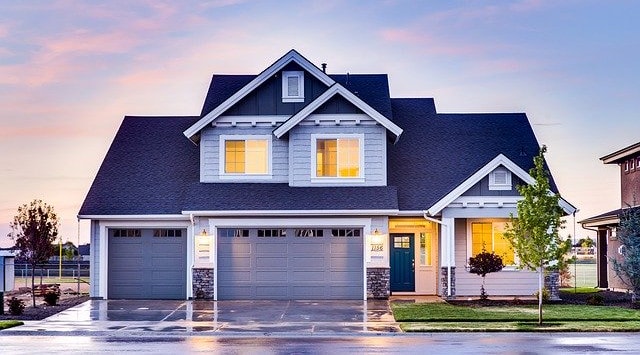So far I’ve talked about how electronic output components can be used in home automation to interact with the real-world.
But we can make a smart home more smarter than this.
It’s possible to configure a smart home with presets.
Here are some examples:
If we wanted to study or work from home we may want our home automation system to be quiet for an hour or 2.
We could configure a preset that would hold off any notifications until the timer that you set expires.
Other possible reasons for virtual presets could include:
- Home visitors
- Going to sleep
- Set a mood including music and lights
- Leaving the house
